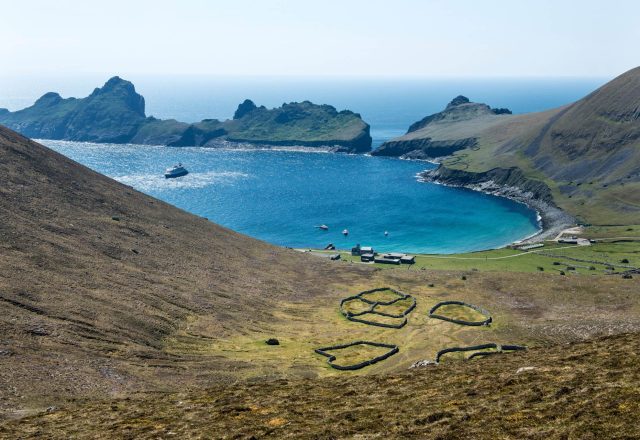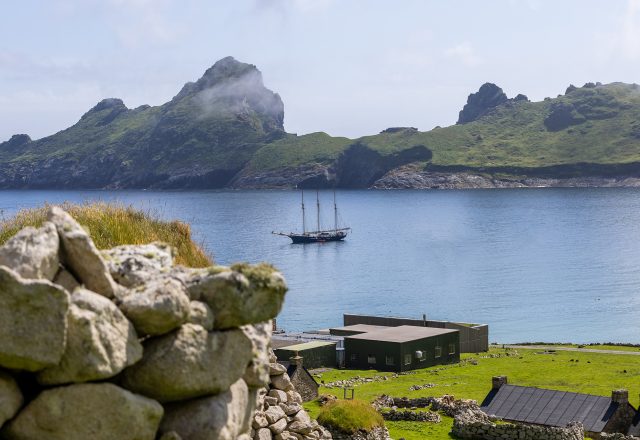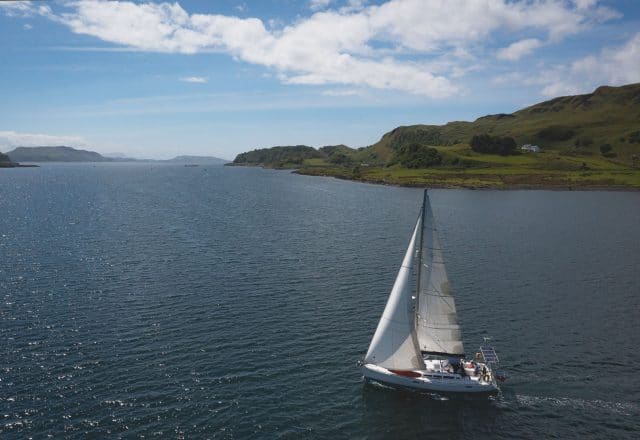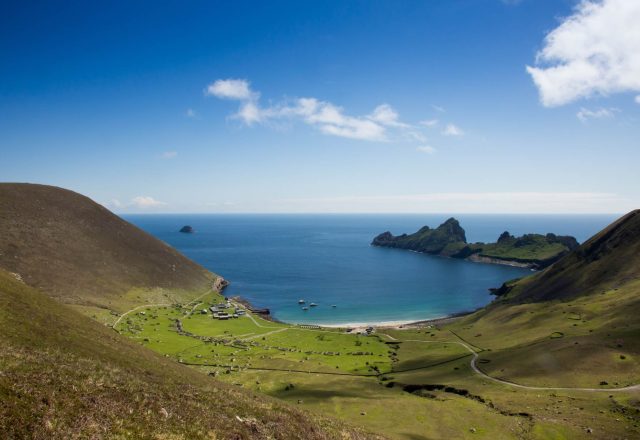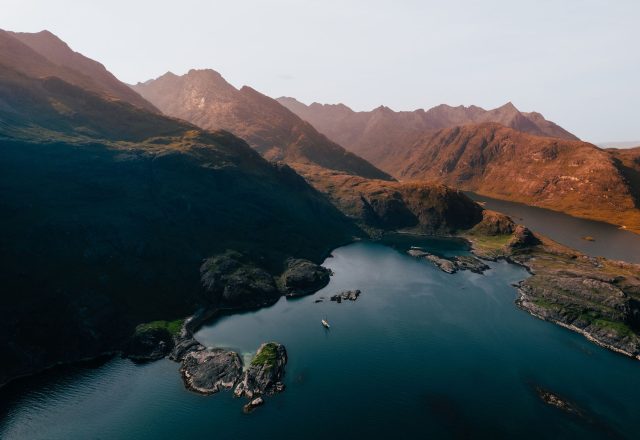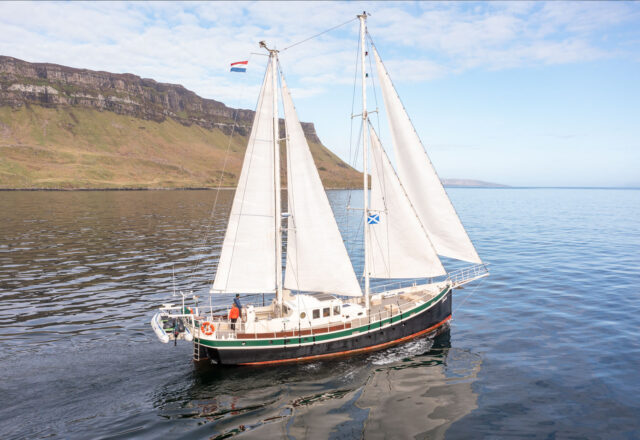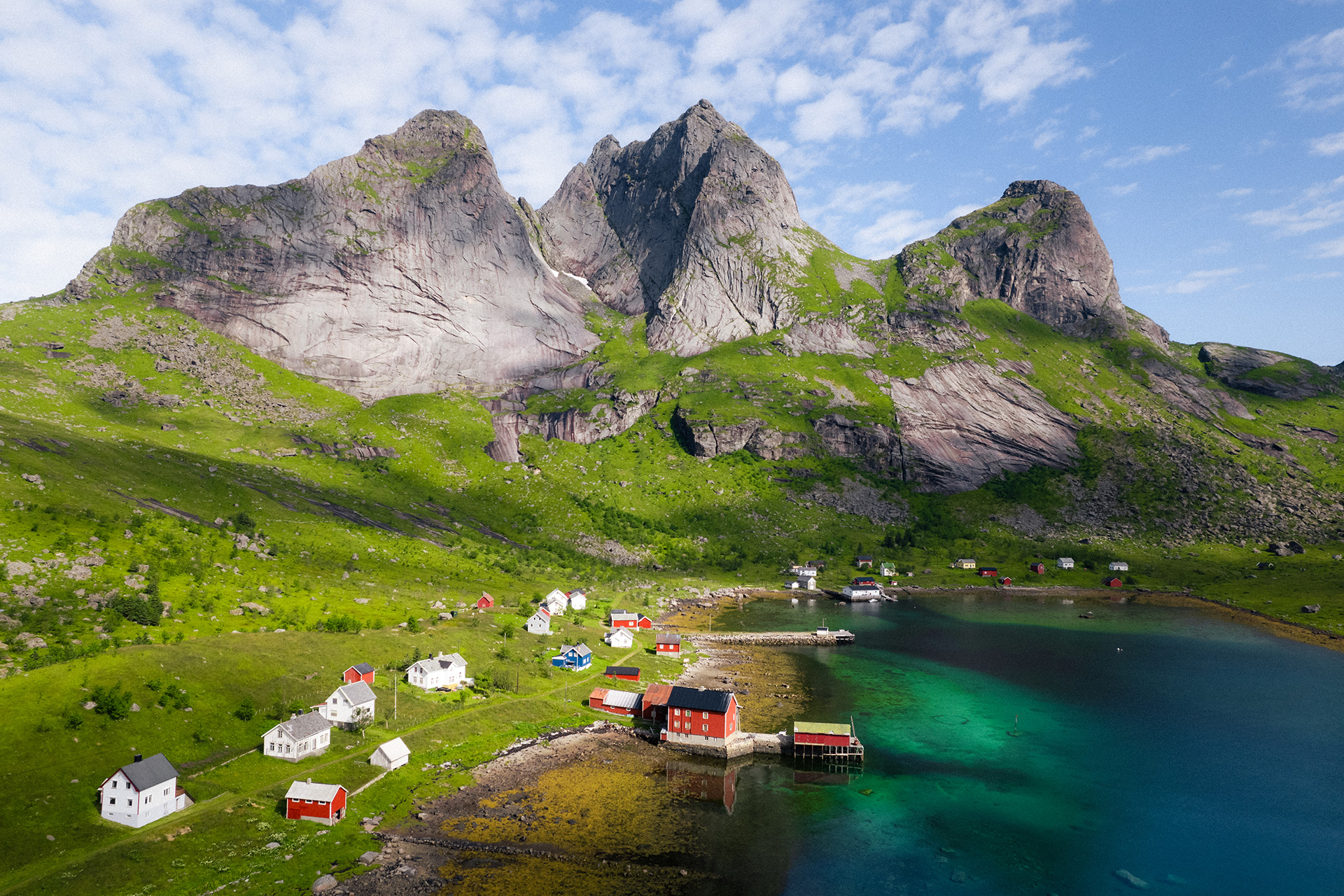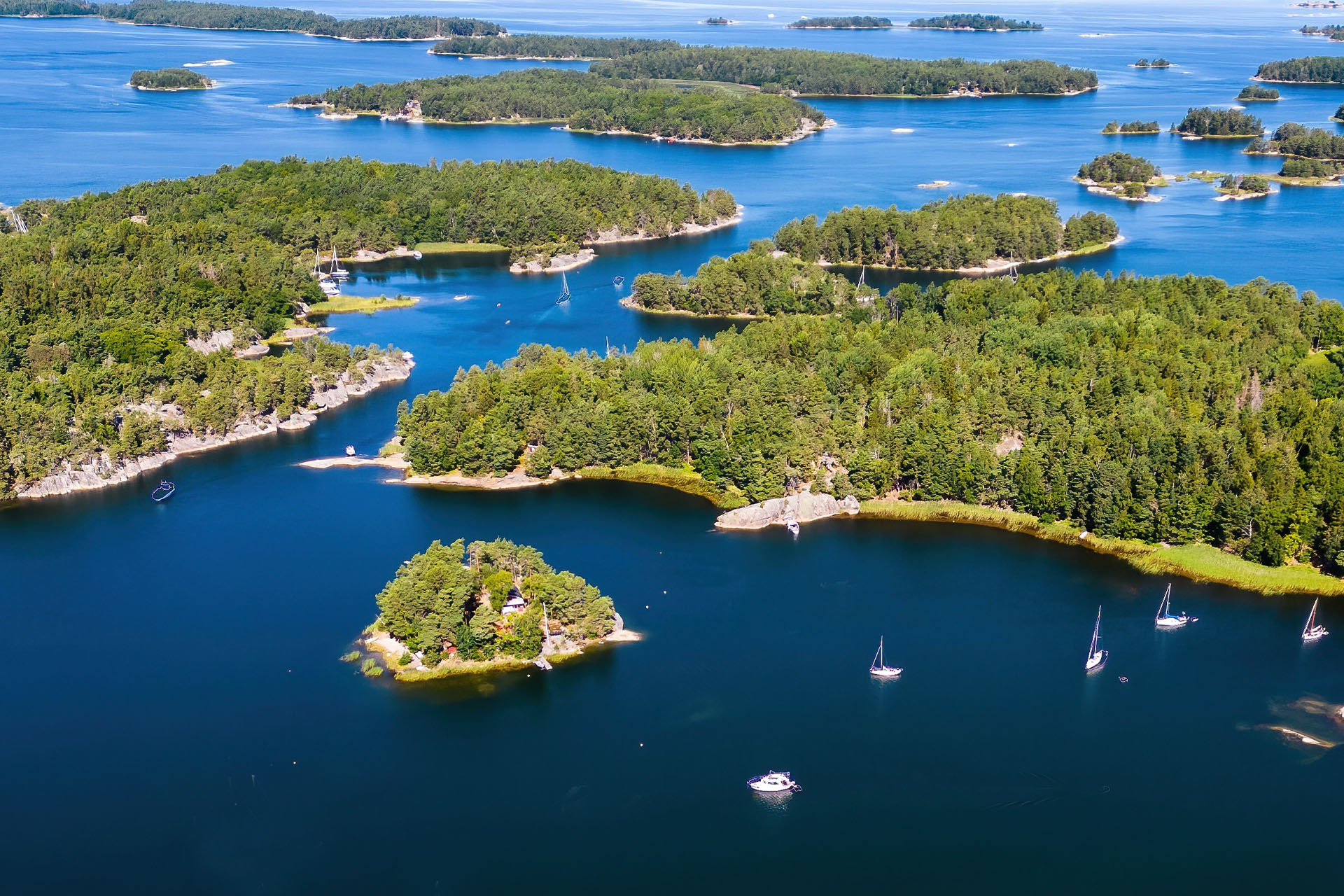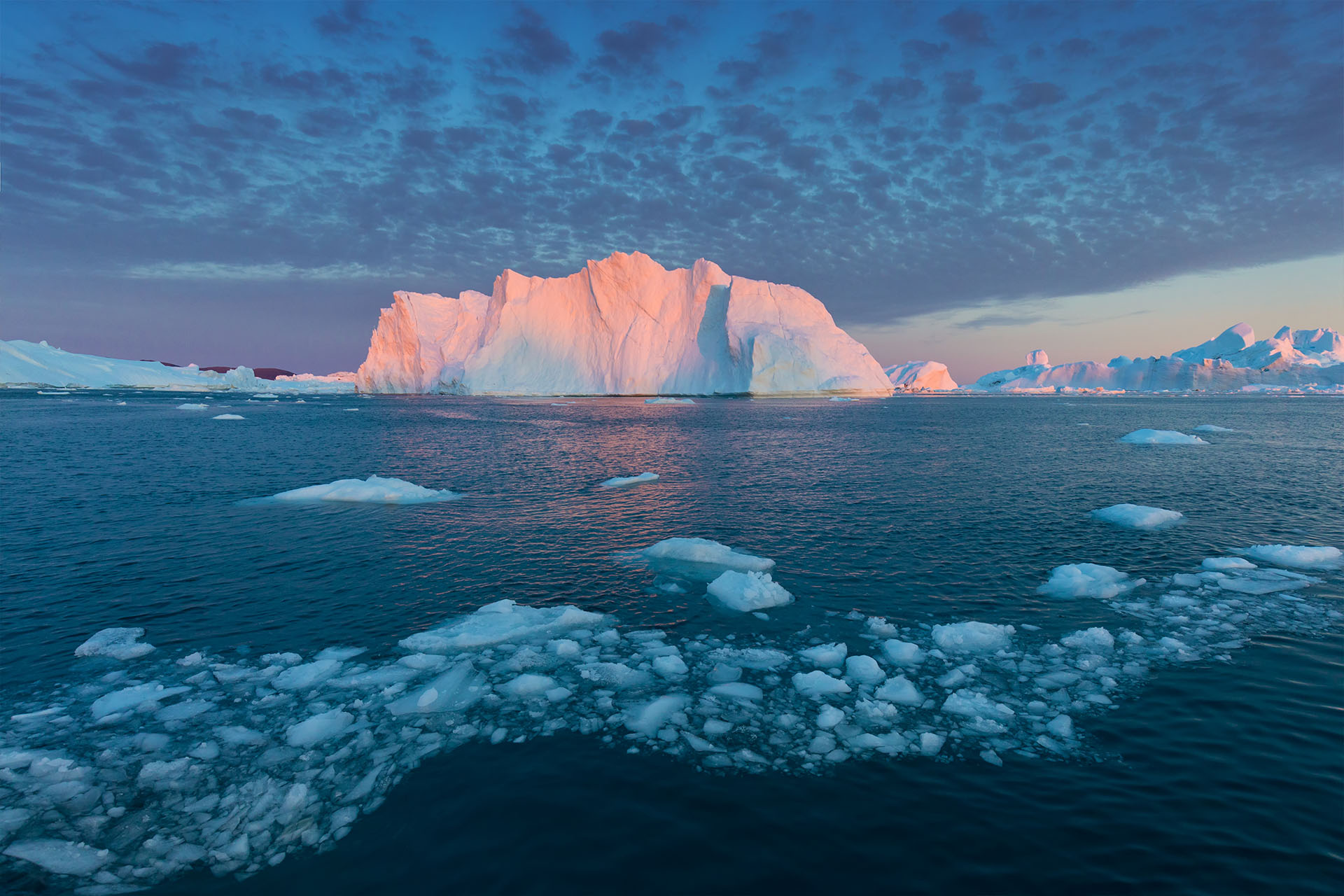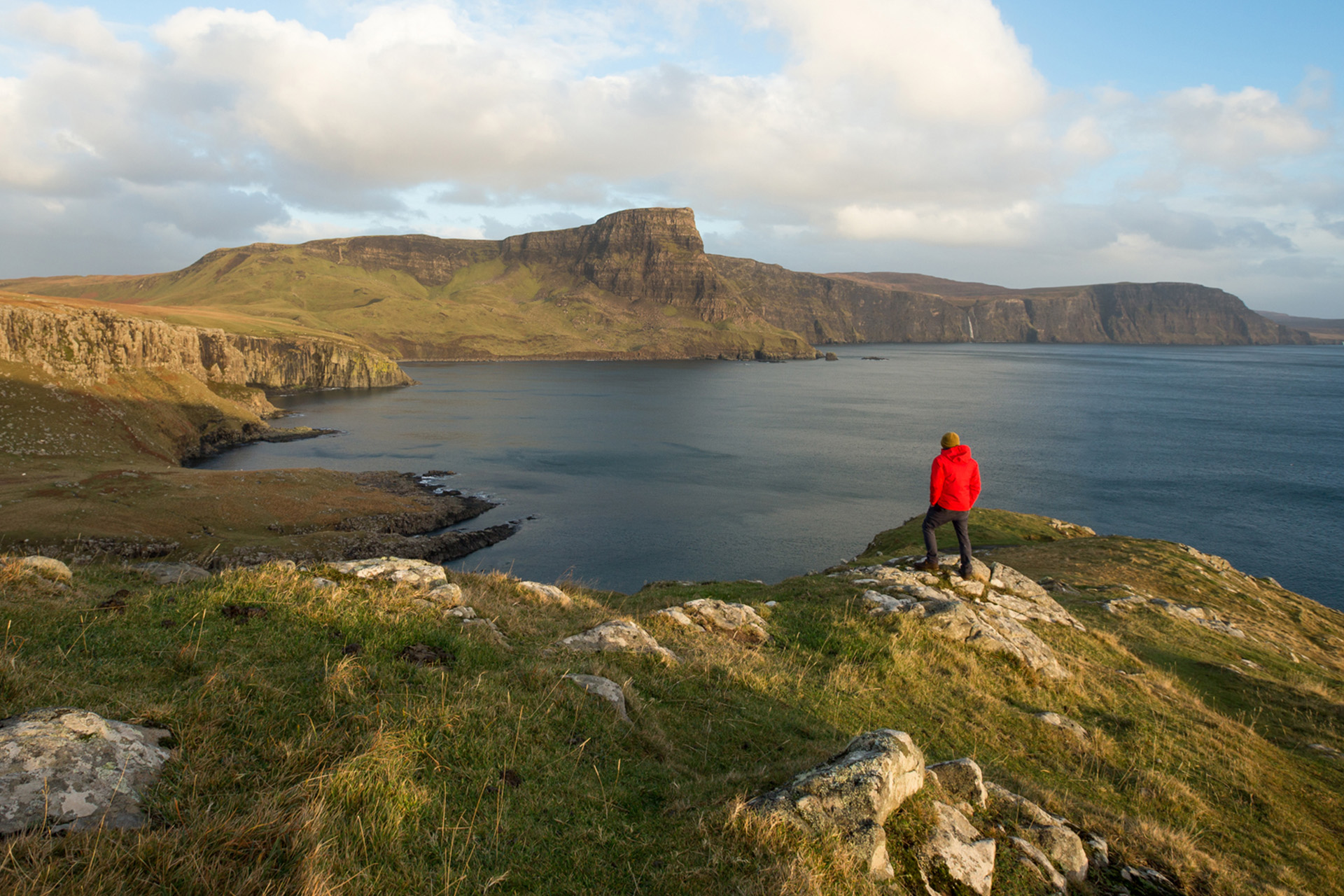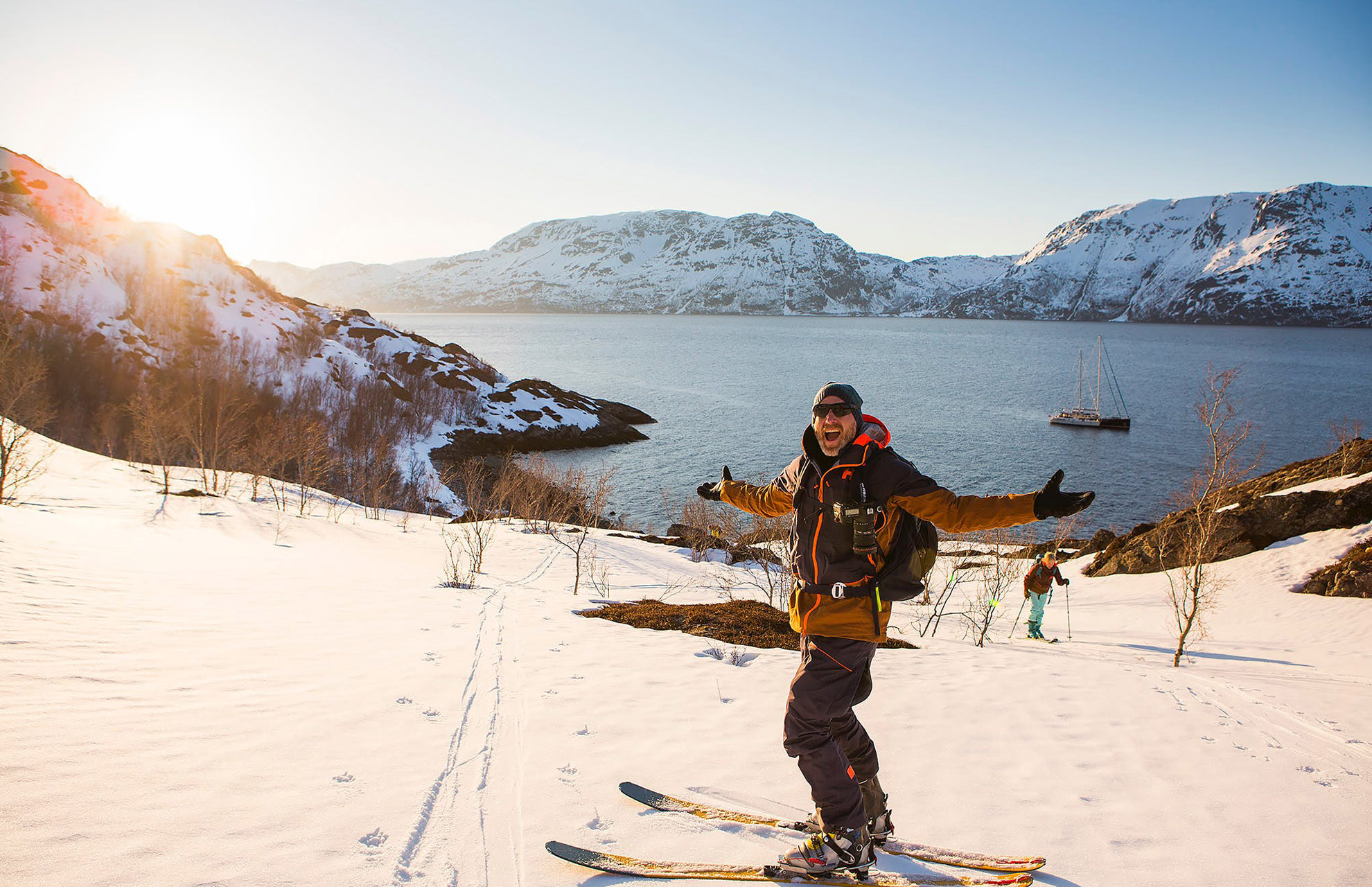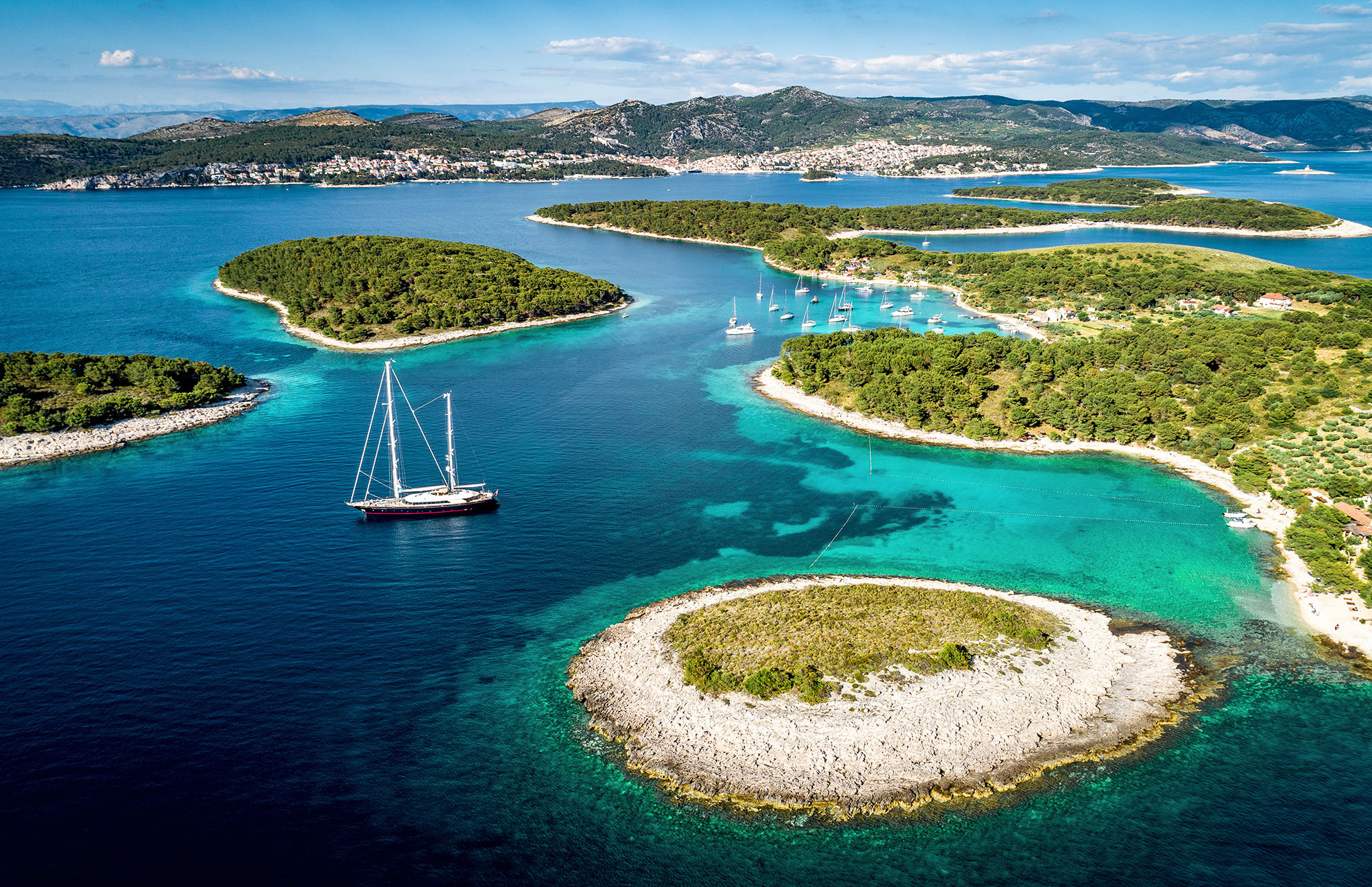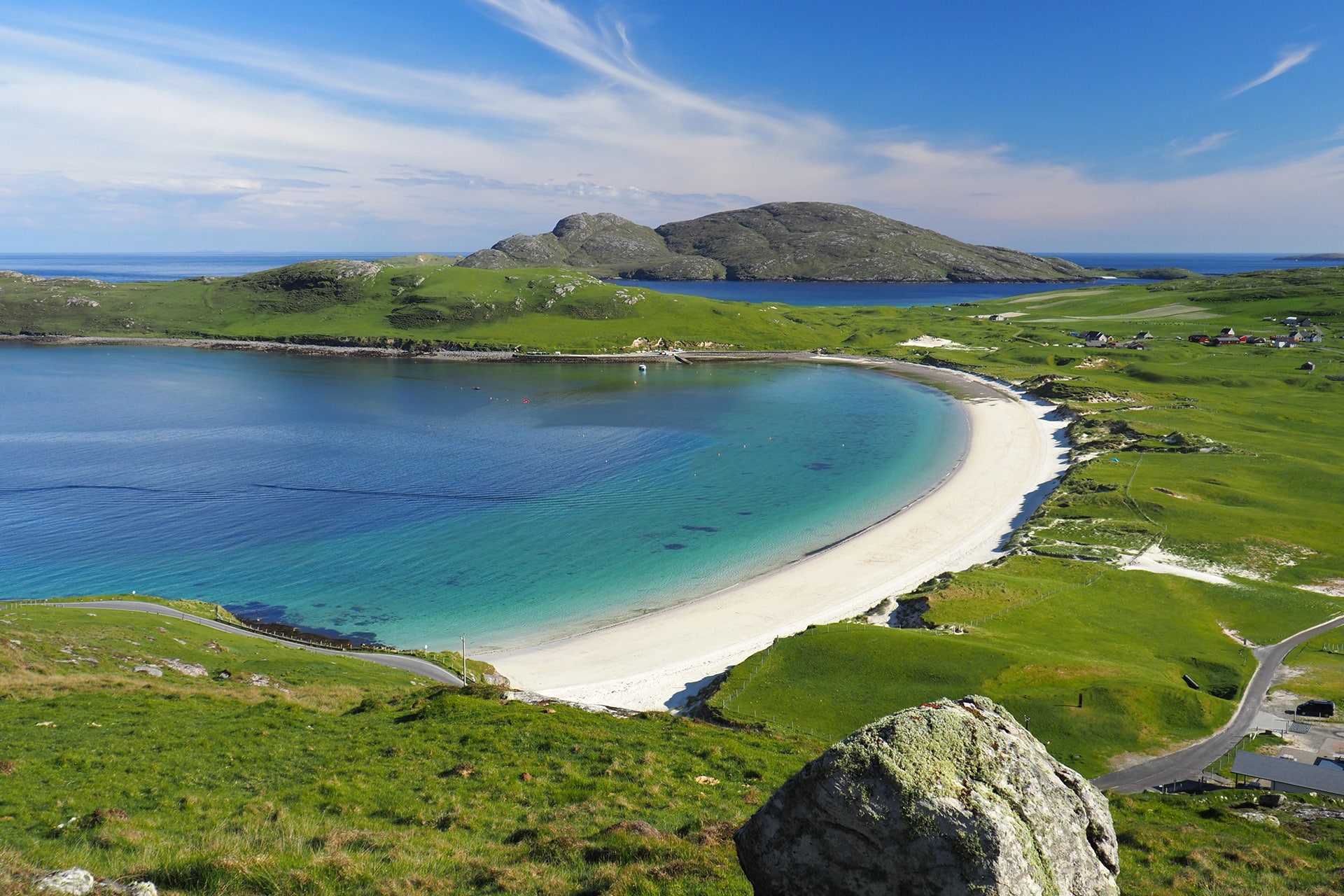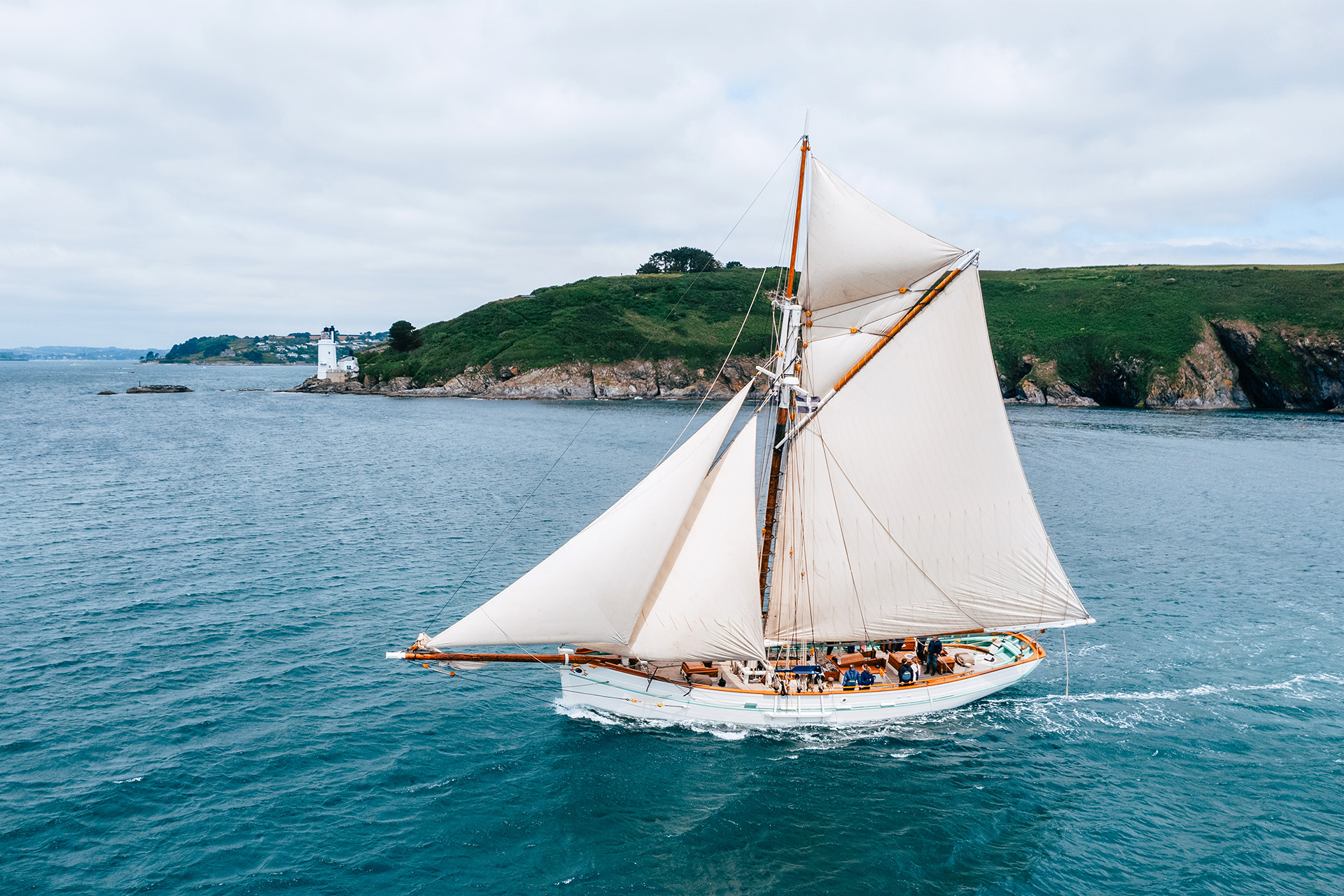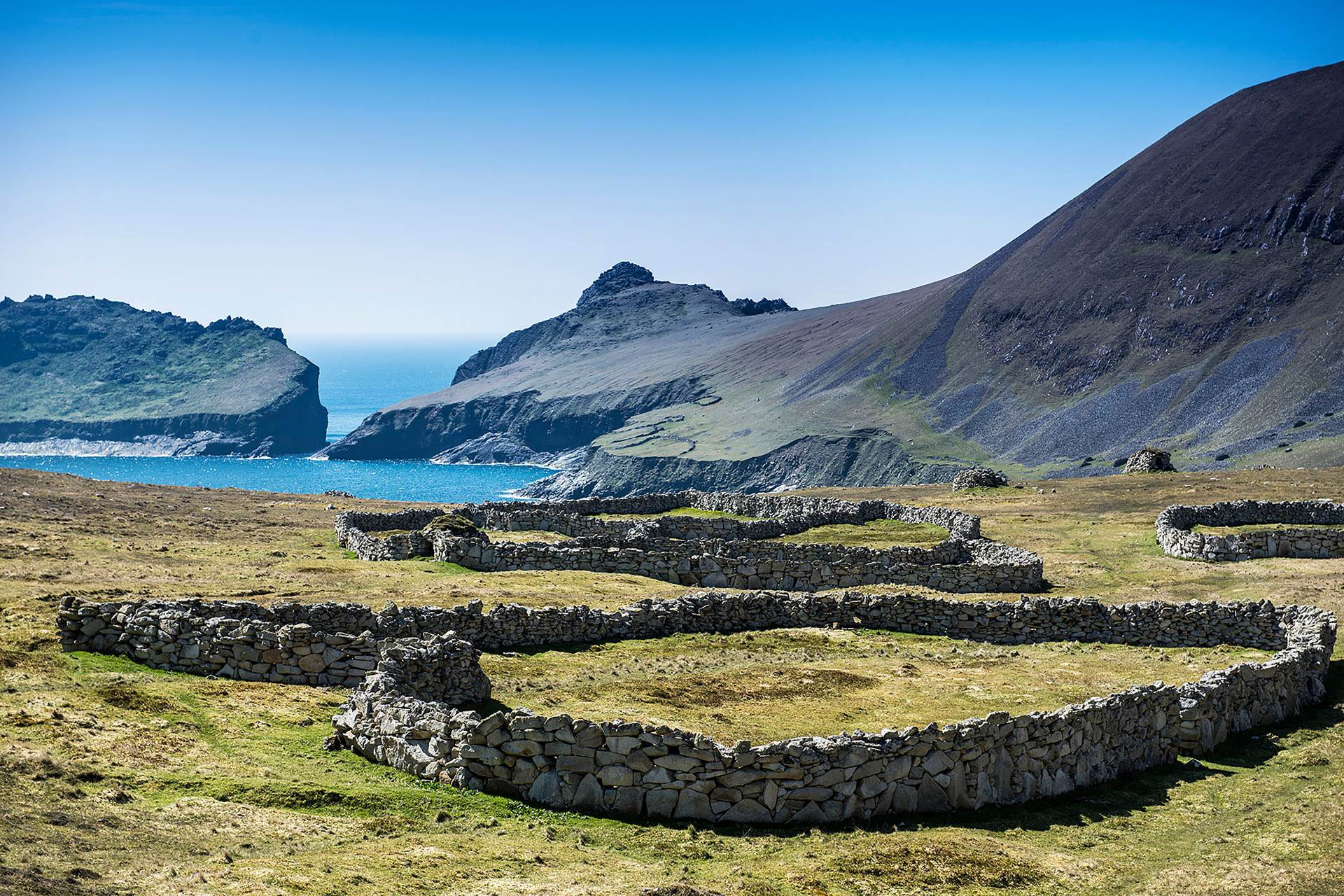
Nestled in the North Atlantic Ocean, 42 miles west of Scotland’s Outer Hebrides lies the remote archipelago of St Kilda. Long shrouded in mystery and intrigue, the islands have captivated adventurers and nature enthusiasts alike. Known as ‘the islands at the edge of the world’, they boast stunning natural beauty, unique wildlife, and a fascinating history filled with twists and turns. Uncover the wonders of St Kilda with this travel guide.
Traveling to St Kilda, Scotland
How to get to St Kilda?
St Kilda’s remote destination means it can only be reached by boat or helicopter. This makes it the perfect destination for a skippered sailing holiday on a traditional tall ship! Join us to embark on a truly once-in-a-lifetime experience to this wild and untamed archipelago, just as its inhabitants would have done centuries ago.
When is the best time to visit St Kilda?
St Kilda is only accessible to visitors between May and September. This is due to the harsh weather conditions that prevail during the rest of the year. The best time to visit St Kilda is in the summer months of June, July and August. At this time the weather is milder and the days are longer. All our sailing holidays to St Kilda take place during summer for the best chance of reaching these magical islands.
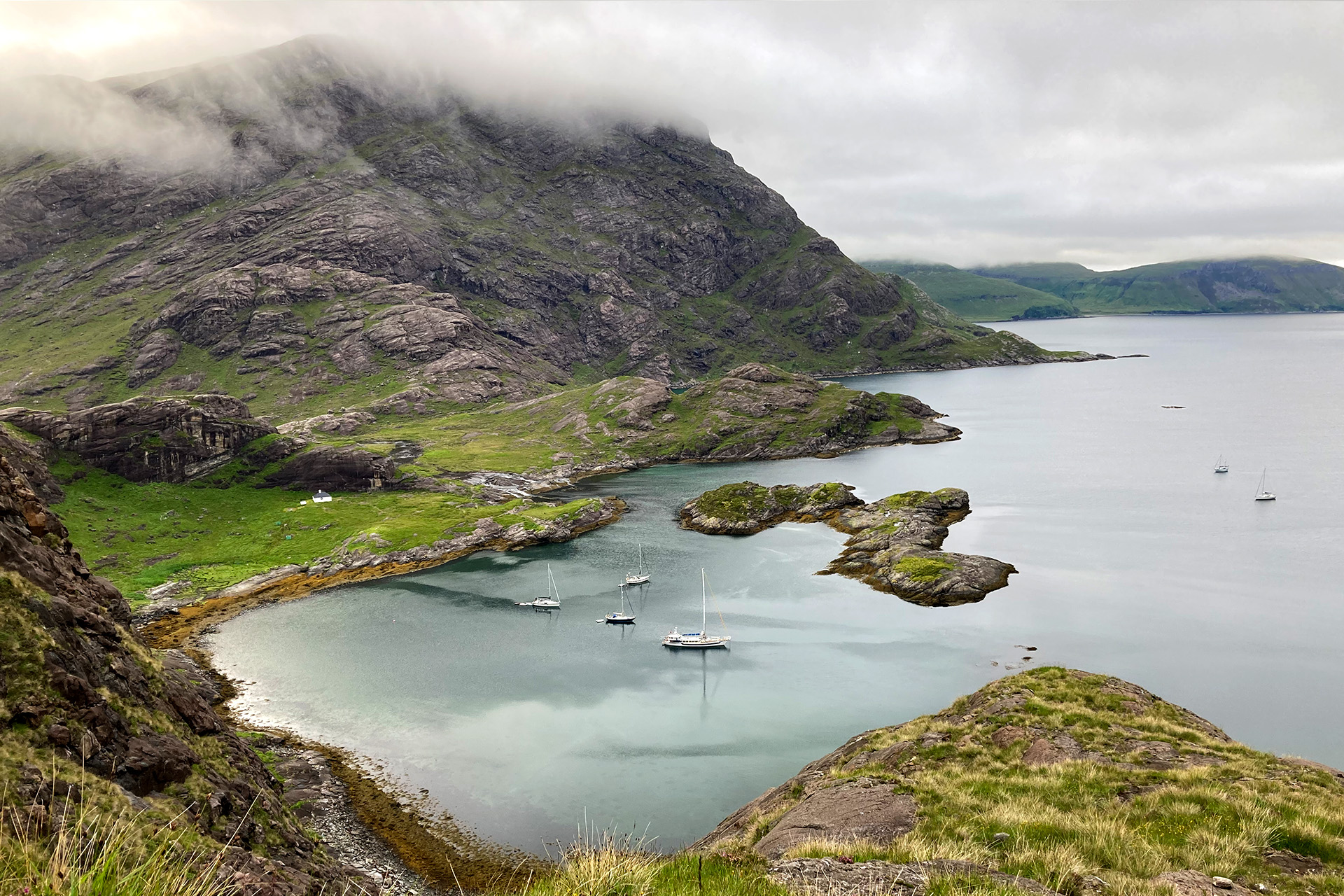
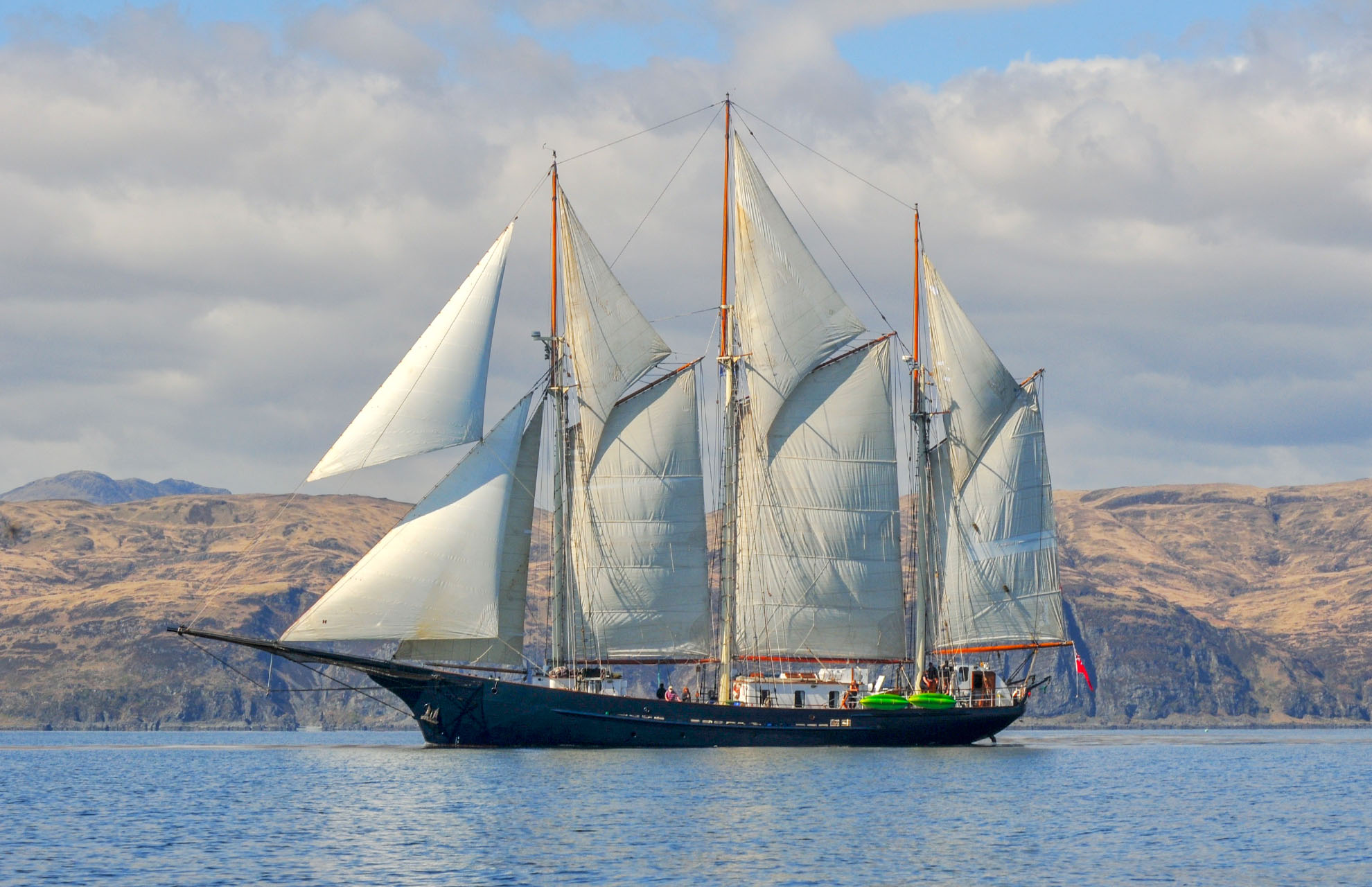
A Guide to St Kilda, Scotland
Four main islands make up the archipelago of St Kilda: Hirta, Dùn, Soay, and Boreray. One of the highlights of sailing here is the ability to explore each island at your own pace, which just isn’t feasible on a day trip to St Kilda. With a sailing holiday, you can fully immerse yourself in the rugged and untamed beauty of St Kilda, visiting each island in turn and discovering their hidden secrets.
The islands of St Kilda are unique in their formation, created from the remnants of a long-extinct ring volcano. The volcanic activity that created the islands took place around 60 million years ago. The islands formation was influenced by the surrounding geology and the movements of the earth’s tectonic plates. The result is a stunning landscape of dramatic cliffs, rugged coastlines, and hidden coves, shaped by the forces of nature over millions of years.
The Island of Hirta
Start your adventure in Village Bay, the main settlement on the island of Hirta. The bay is surrounded by towering cliffs, and provides spectacular views of the archipelago. Here you can explore the museum and church, which provide an insight into the fascinating history of the islands. They also host an incredible collection of pottery, textiles, agricultural equipment and personal items. As you step inside you’ll be transported back in time, with a true sense of the unique way of life of the inhabitants.
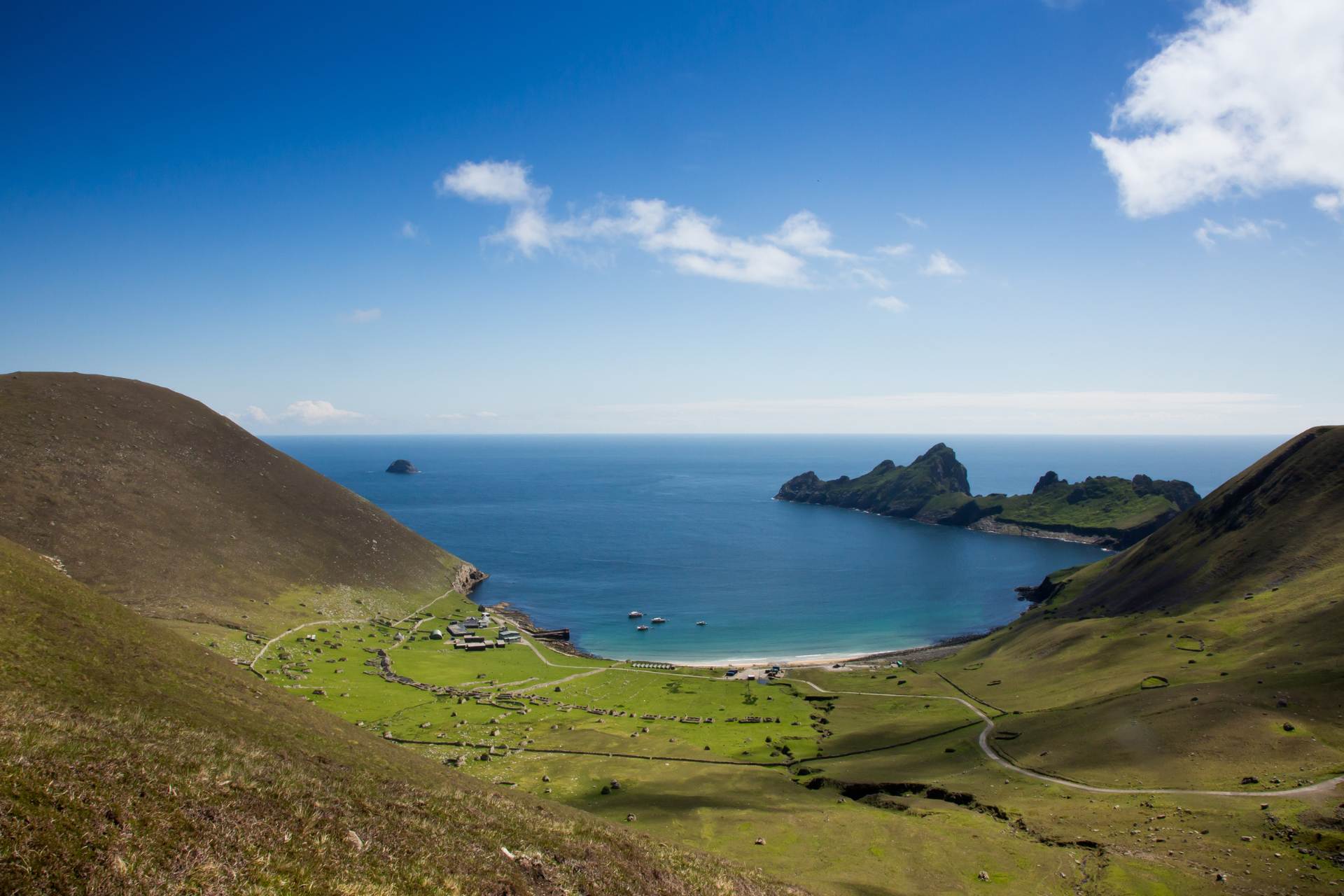
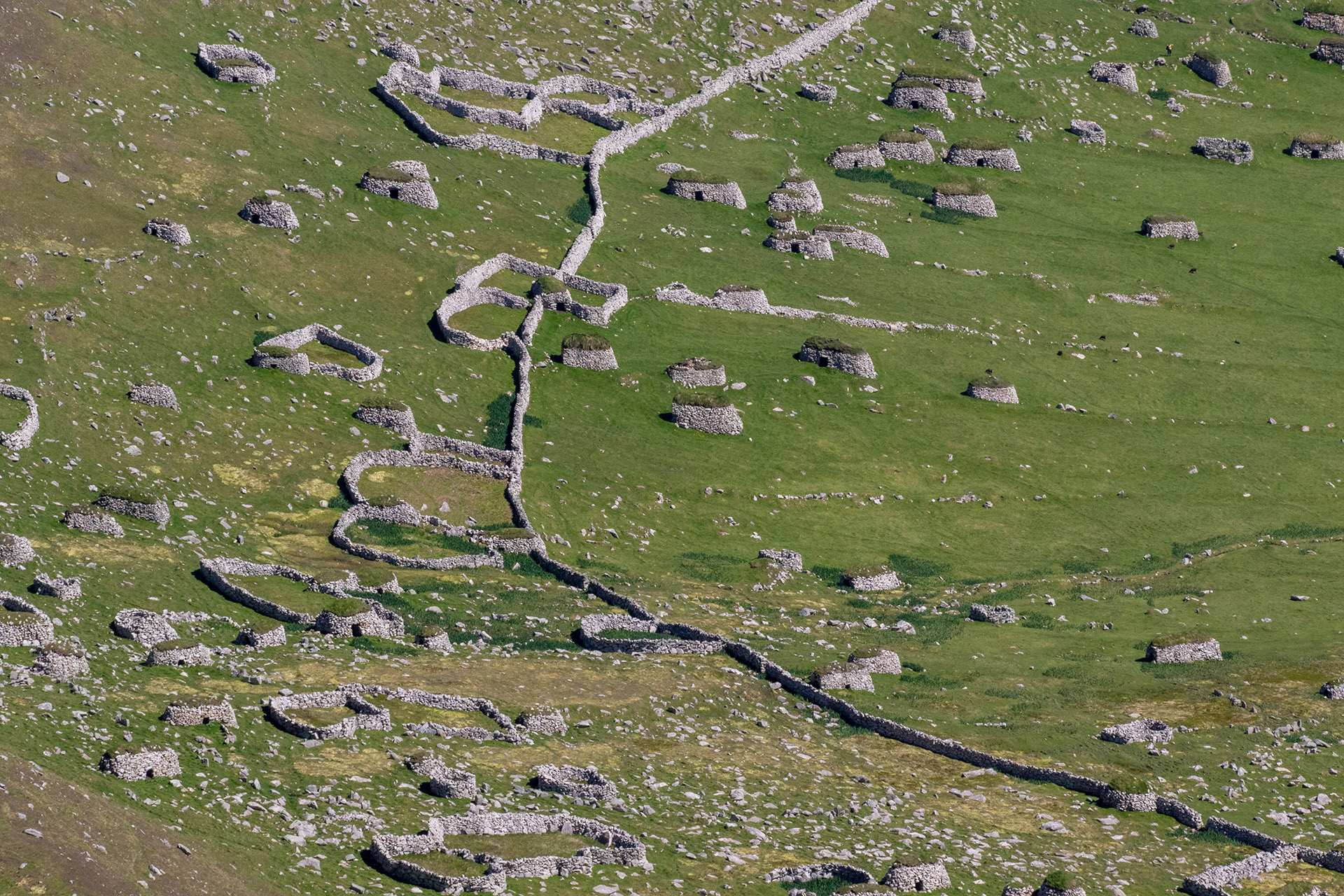
There are many hiking routes to explore on the island of Hirta, each allowing a new perspective of the island. Climb above the main village for a view of the traditional houses which were home to St Kildans until 1930. Follow the line of cleits to reach ‘the gap’, where the soft grass hills suddenly end, with a plunging cliff face that falls 150m vertically into the sea below. Continue along to climb to the highest peak of Conachair. A challenging hike, but one that rewards in equal measure, with breathtaking views of towering sea stacks and the open ocean beyond.
The Cleits of St Kilda
Whilst exploring the islands, you’ll no doubt come across cleits – a unique form of stone storage structure. These small, dome-shaped buildings were constructed by the island’s inhabitants to store food, fuel, and other supplies. They played an important part in survival, allowing villagers to dry bird meat and store eggs for the harsher winter months. Although never intended to be dwellings, inhabitants often made use of them when hunting on the islands neighbouring Hirta. Cleits are found throughout St Kilda, and their distinctive shape and construction make them an important part of the island’s cultural heritage. Today, many have fallen into disrepair, but efforts are underway to preserve these unique structures for future generations to appreciate.
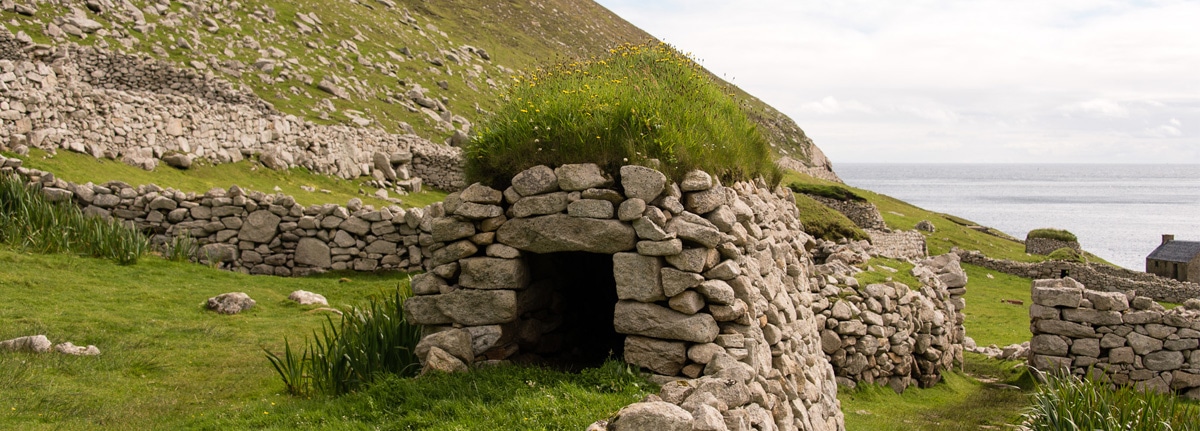
History of St Kilda, Scotland
The history of human life on St Kilda dates back more than 3,000 years. Evidence of early Neolithic human settlements remain across the islands, with the first settlers likely Bronze Age farmers arriving from mainland Scotland. These early settlers were followed by Vikings, who used St Kilda as a base for hunting and fishing expeditions.
Two viking tortoise brooches were found on the island, originating in the contents of a female Viking age burial. In the Middle Ages, the island was inhabited by Early Medieval Celtic Christians, with the remains of a medieval village and churches found on Hirta.
The Macleods of Dunvegan took control of St Kilda in the 14th century. From then until the 20th century, the population grew to around 180 people who raised cattle and sheep, and traded with passing ships. Money was not in use on the islands, with rents paid and goods bought from the mainland with a barter system. St Kildans were mainly reliant on the collection of Gannets eggs which they were expert at harvesting. However, by the early 20th century, the island’s population had dwindled with emigration, disease, and lack of resources. In 1930, the last residents asked to be evacuated to the mainland, leaving St Kilda to the elements and uninhabited ever since.
Today, the St Kilda’s history serves as a reminder of the challenges faced by those who live in remote and isolated communities. It also highlights the importance of preserving the cultural heritage and natural beauty of these places for future generations.
Wildlife of St Kilda, Scotland
St Kilda is home to an array of flora and fauna, with some native species originating in the islands, having evolved and adapted to the environmental conditions. The diverse ecosystem has been born out of a unique combination of salt spray, acidic soil, and strong wind conditions.
Birdwatching on St Kilda
St Kilda is a haven for seabirds and is home to an estimated 1 million seabirds, the largest colony in Europe. The islands are also home to the largest colony of northern gannets in the world, often seen nesting on cliff-sides and diving into the sea to catch fish. Large populations of puffins, fulmars, kittiwakes, and razorbills can be regularly spotted. The islands are also one of the few places in the world where the rare Leach’s storm petrel breeds. It’s not only seabirds in abundance, the aptly named St Kilda Wren is a native species, known for its distinctive appearance and song. The St Kilda Wren is only found on the archipelago, making it truly a once in a lifetime birdwatching opportunity.
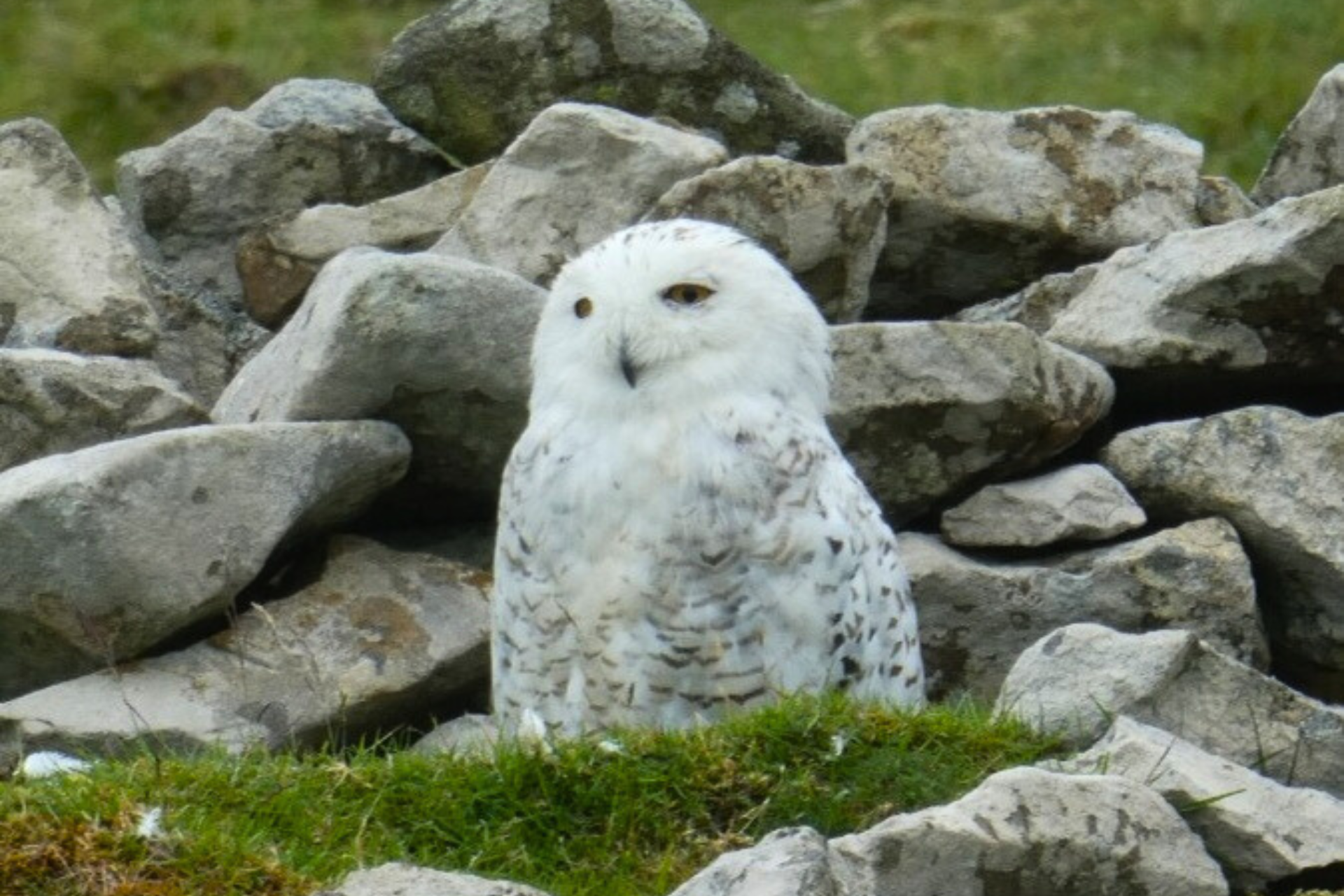
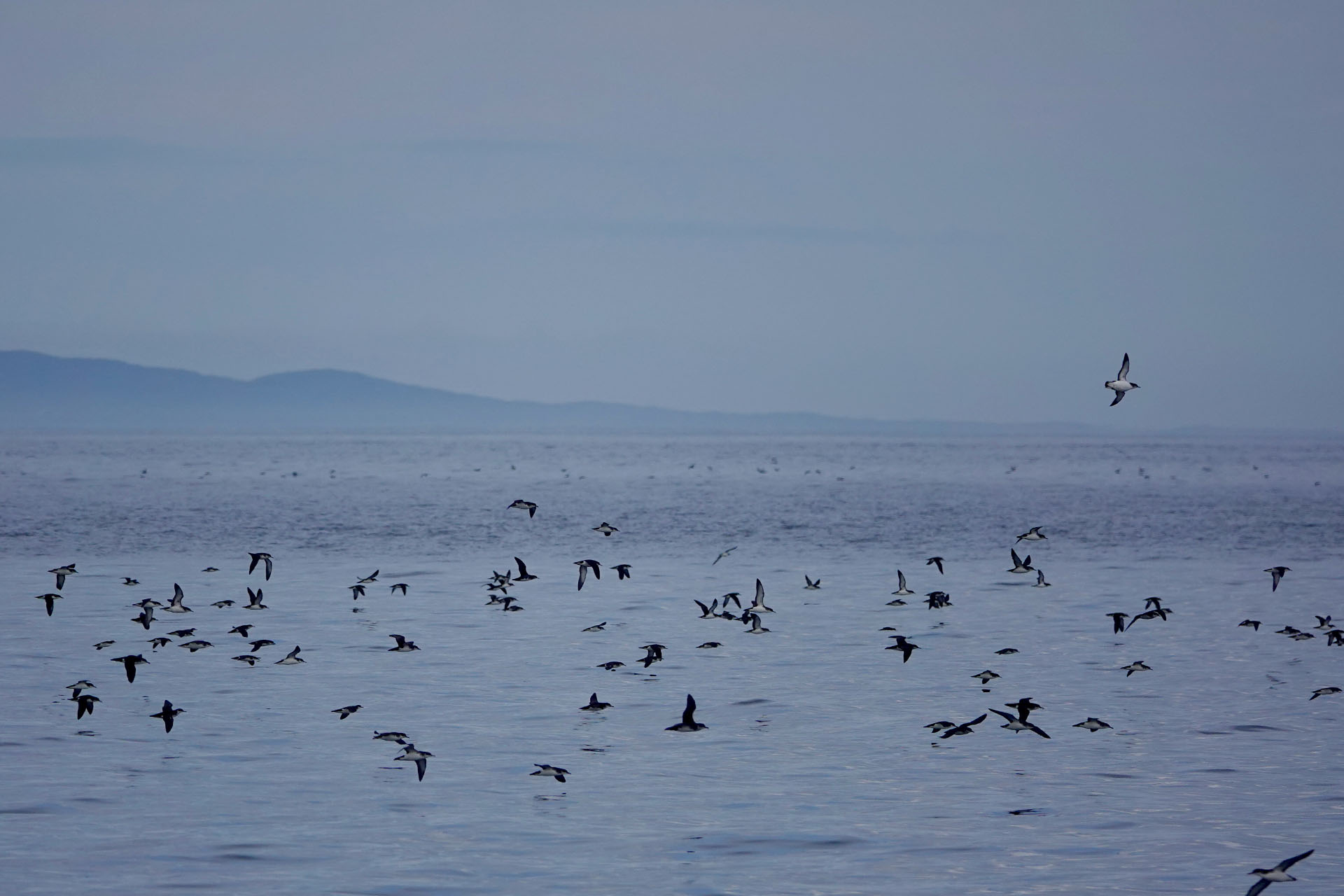
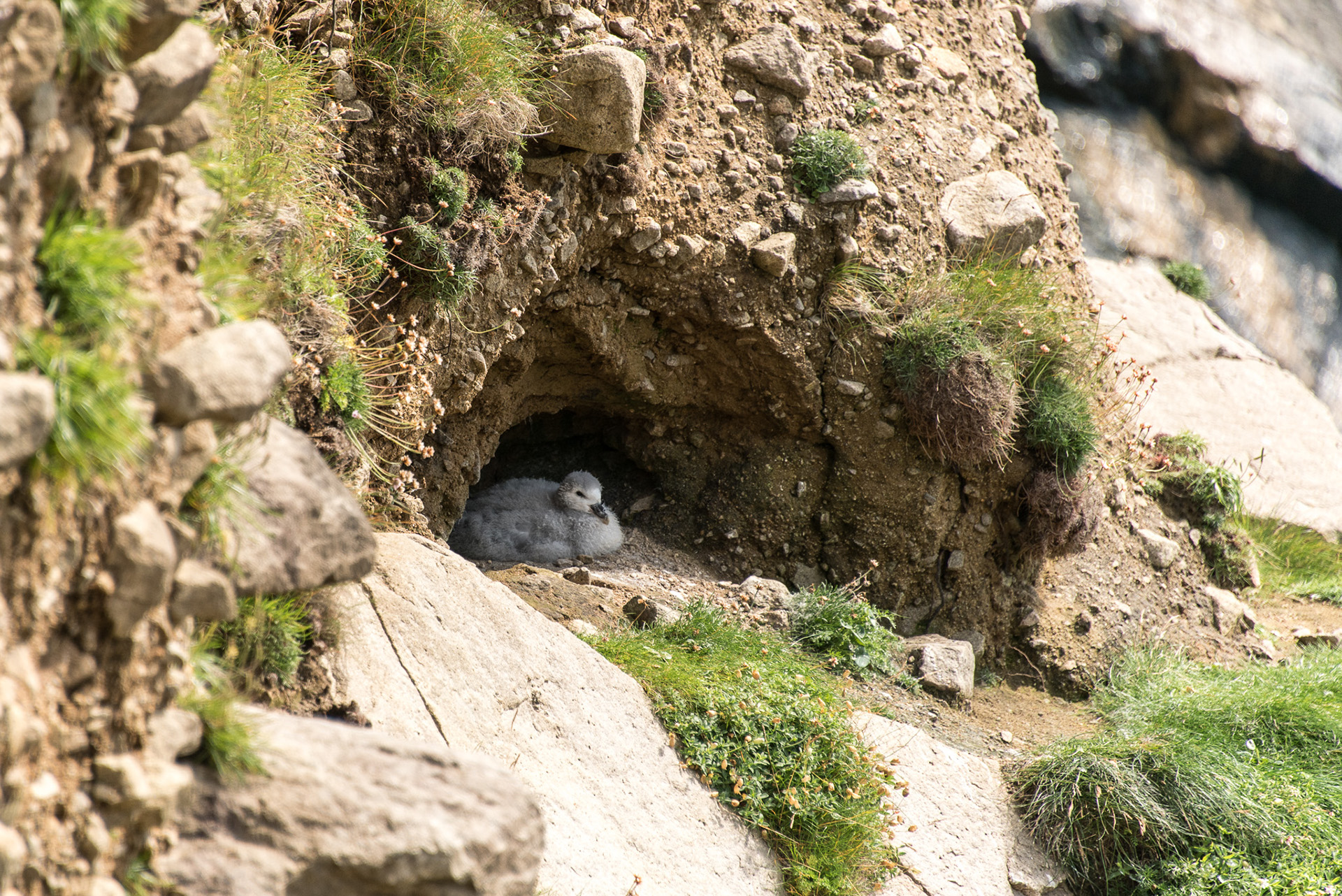
Animals of St Kilda
Due to its isolated position in the North Atlantic, it’s no surprise that the waters surrounding St Kilda are teeming with marine mammals. Whales and dolphins are regularly spotted as we sail across from the Outer Hebrides. Keep your binoculars handy in the summer months, when its not uncommon to see migratory pods of minke and killer whales, as well as friendly pods of dolphins who love to swim at the bowsprit!
Perhaps St Kilda’s most famous export is the Soay breed of sheep. Native to the island, with origins dating back to 5000BC, the name Soay translates to ‘island of sheep’ in Old Norse. Soay are smaller and hardier than most modern sheep breeds, having adapted to the harsh conditions of the islands. Their fur was originally plucked for the process of making tweed, and the sheep were traded for centuries.
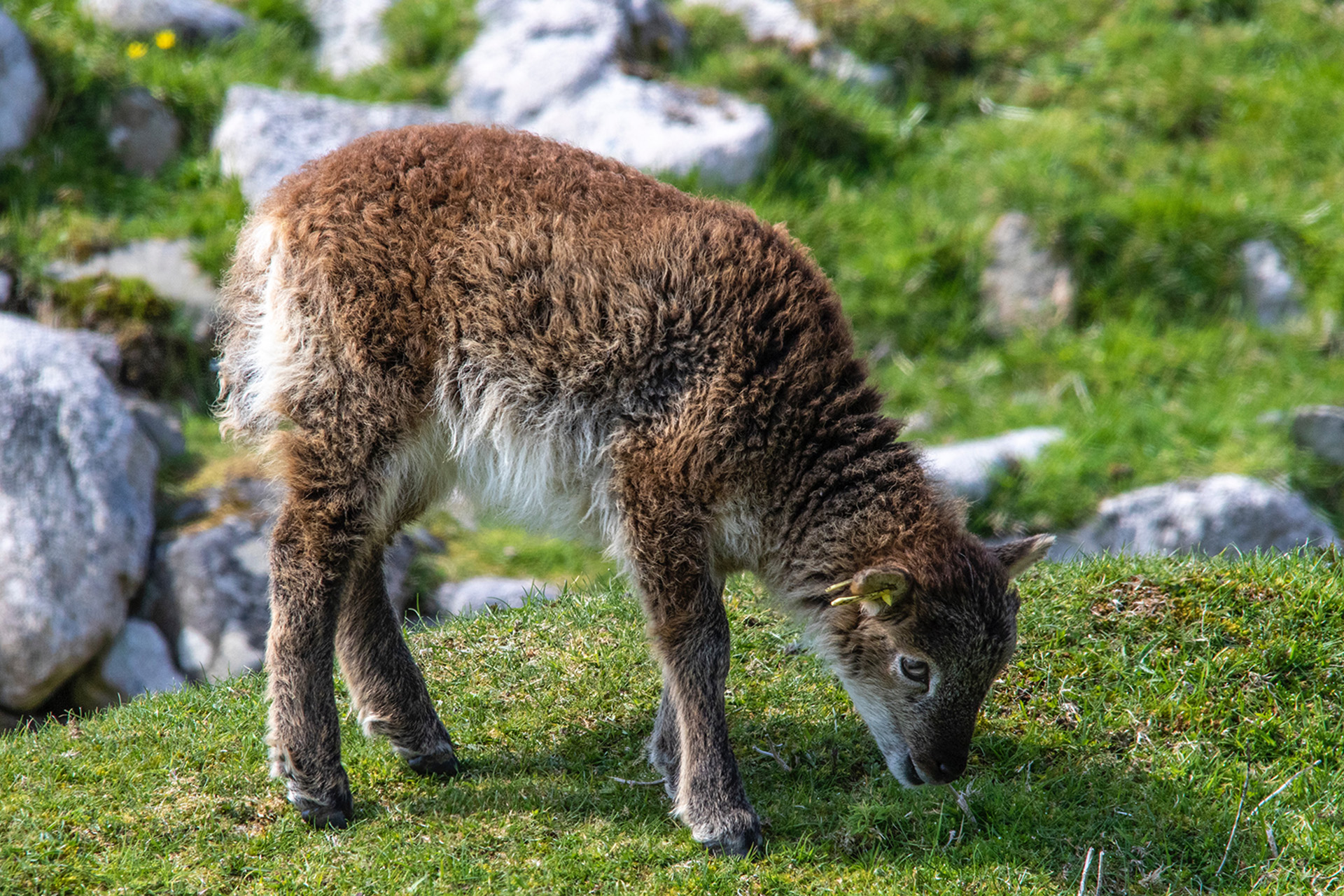
Set Sail to St Kilda
Whether you’re interested in exploring the ruins of an ancient settlement, spotting rare bird species, or marvelling at impressive sea stacks, there is something for every adventurer on St Kilda. The archipelago’s remote location and rugged terrain make it a challenging but rewarding destination for adventurous travellers interested in the history of the natural world. Whilst the journey requires a little planning and preparation, the rewards of visiting this beautiful and historic destination are well worth the effort.
Our skippered sailing holidays to St Kilda offer you the chance to truly immerse yourself in this magical destination in safe hands. So if you’re ready to make this epic voyage for yourself, make sure you take a look at our St Kilda Sailing schedule.

